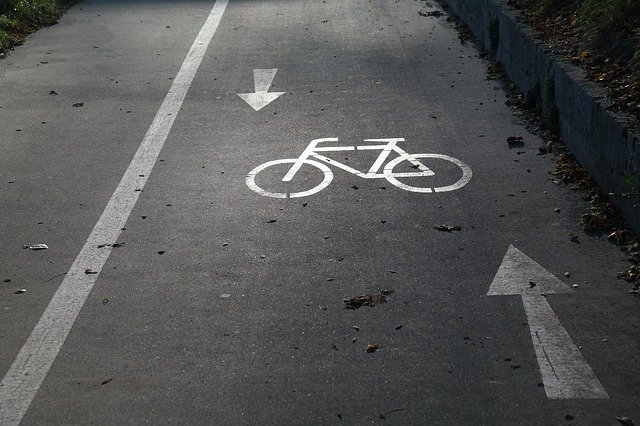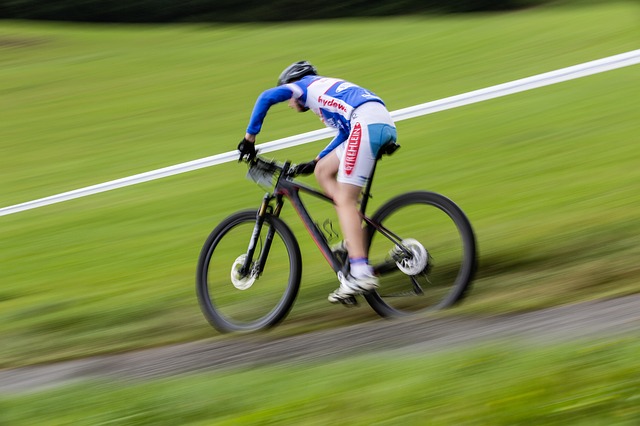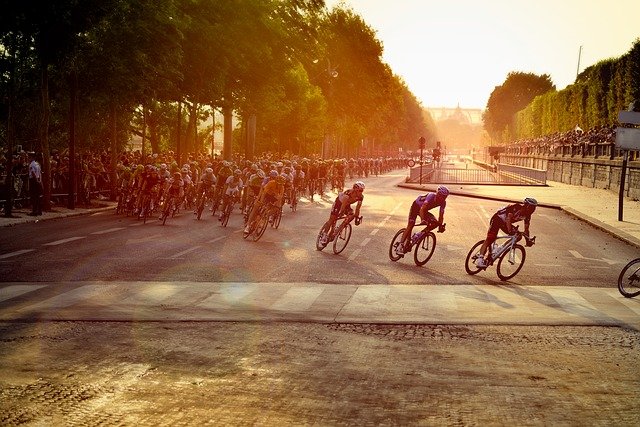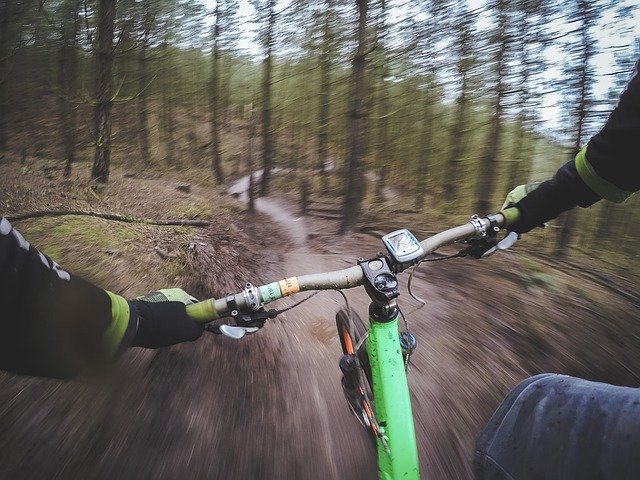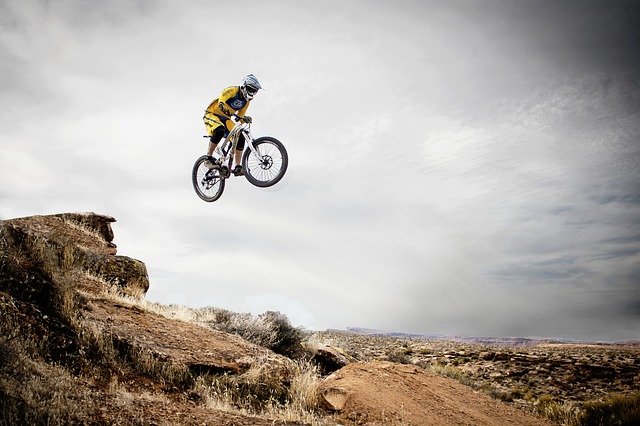A rent-a-bike station in Washington DC. Courtesy: Bike Portland
The U.S. Department of Transportation is waxing bike-friendly. Earlier this month, the agency formally announced plans to consider biking and walking as equal forms of transportation to cars and trucks. That translates into greater federal investment in building networks of bike and walking trails and making roads safer and more convenient for bike use.
“Increased commitment to and investment in bicycle facilities and walking networks can help meet goals for cleaner, healthier air; less congested roadways; and more livable, safe, cost-efficient communities,” Ray LaHood, the U.S. Secretary of Transportation wrote in the policy statement. “Walking and bicycling provide low-cost mobility options that place fewer demands on local roads and highways.”
On March 11, LaHood attended the National Bike Summit in Washington DC and announced his support for expanding the U.S. infrastructure for biking.
On his blog — yes, the U.S. Secretary of Transportation has a blog — Lahood called the new policies a “sea change” that represents the “end of favoring motorized transportation at the expense of non-motorized.”
“We are integrating the needs of bicyclists in federally-funded road projects,” he wrote. “We are discouraging transportation investments that negatively affect cyclists and pedestrians. And we are encouraging investments that go beyond the minimum requirements and provide facilities for bicyclists and pedestrians of all ages and abilities.”
He summarized his key recommendations for states and communities as follows:
- Treat walking and bicycling as equals with other transportation modes.
- Ensure convenient access for people of all ages and abilities.
- Go beyond minimum design standards.
- Collect data on walking and biking trips.
- Set a mode share target for walking and bicycling.
- Protect sidewalks and shared-use paths the same way roadways are protected (for example, snow removal).
- Improve nonmotorized facilities during maintenance projects.
Andy Clarke, the president of the League of American Bicyclists, said the policy shift is about more than just spending money on new bike paths. “The vast majority of bicycle travel will always be on regular streets and highways that don’t require any special treatment – but it would sure be nice if traffic signals detected bicyclists, if arterials had bike lanes and cycle tracks, and if rural roads had paved shoulders,” he wrote in the National Journal. “And it turns out these things make sense for other users AND save us major highway repair and replacement costs into the bargain.”
Of course, not everyone was happy. Both the American Trucking Association and the National Association of Manufacturers forecast economic Armageddon. “Reading this jaw-dropping policy announcement, we thought the Secretary had let his enthusiasm get the best of him,” the manufacturing association wrote on its website. “Treating bicycles and other non-motorized transportation as equal to motorized transportation would cause an economic catastrophe. If put into effect, the policy would more than undermine any effort the Obama Administration has made toward jobs. You can’t have jobs without the efficient movement of freight.”
Bill Graves, the president and CEO of American Trucking Associations, argued in the National Journal that the policy would be especially detrimental to the economy if meant money from the Highway Trust Fund was used to support biking projects instead of expanding and repairing the highway system.
“America’s aging infrastructure is in desperate need of repair and expansion,” he wrote. “Congestion costs, caused by inefficiencies in the system, are rapidly approaching $100 billion annually. The federal government must focus on funding projects that alleviate freight bottlenecks. Failing to address growing congestion problems will cause costs to rise, translating into higher consumer prices and slower job growth, weakening the United States’ ability to compete in the global economy.”
The truckers resistance to increased support of biking and walking may be part of a larger battle over who gets to transport goods. At March 17 congressional hearing, Roy Kienitz, the under secretary of the Transportation Department, indicated that Obama administration may push more freight to be shipped via water and rail for freight, which are more fuel-efficient than trucks, according to Courthouse News Service, a news site for lawyers.
The bike league’s Clarke was skeptical of the doomsday forecasts. “I’ve been called many things as I ride to and from work every day in our nation’s capital, but a harbinger of economic catastrophe…now that’s a first!” he responded. “As I think back to major economic catastrophes of the last 40 years, I am having a hard time finding any tell-tale trace of bicycle tire tracks.”
“In terms of economic competitiveness,” he continued, “I would suggest that the crippling – and rapidly rising – health care costs associated with physical inactivity and obesity among the US workforce is a crisis worth worrying about.”
This page is an archive. To learn more about archive pages click here
The responses below are not provided, commissioned, reviewed, approved, or otherwise endorsed by any financial entity or advertiser. It is not the advertiser’s responsibility to ensure all posts and/or questions are answered.
